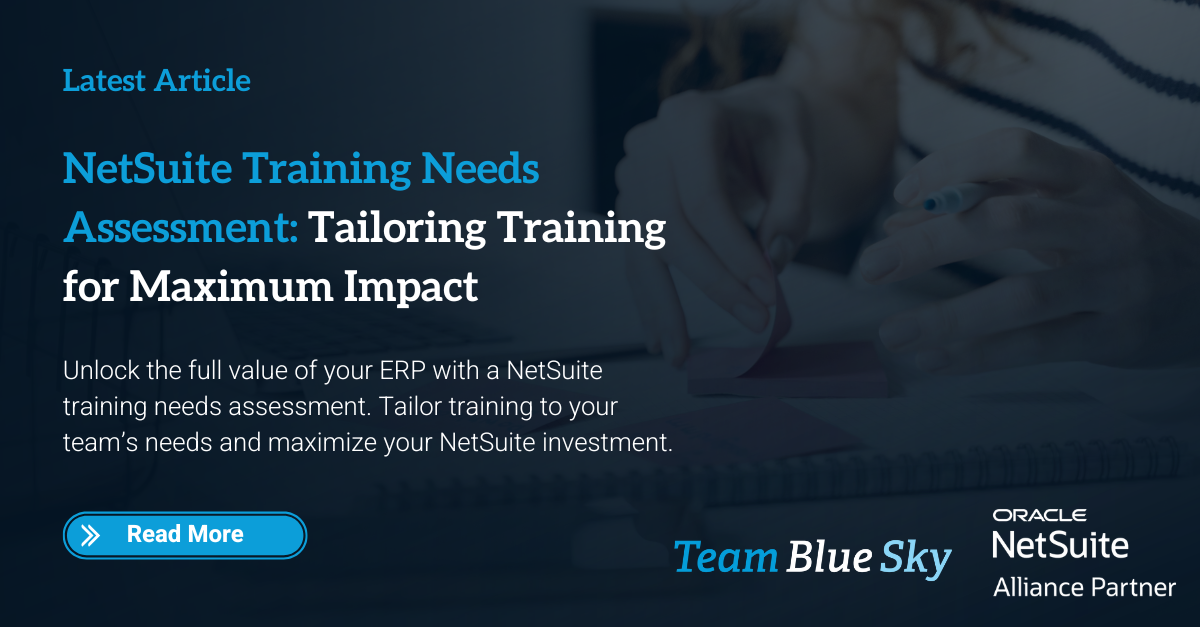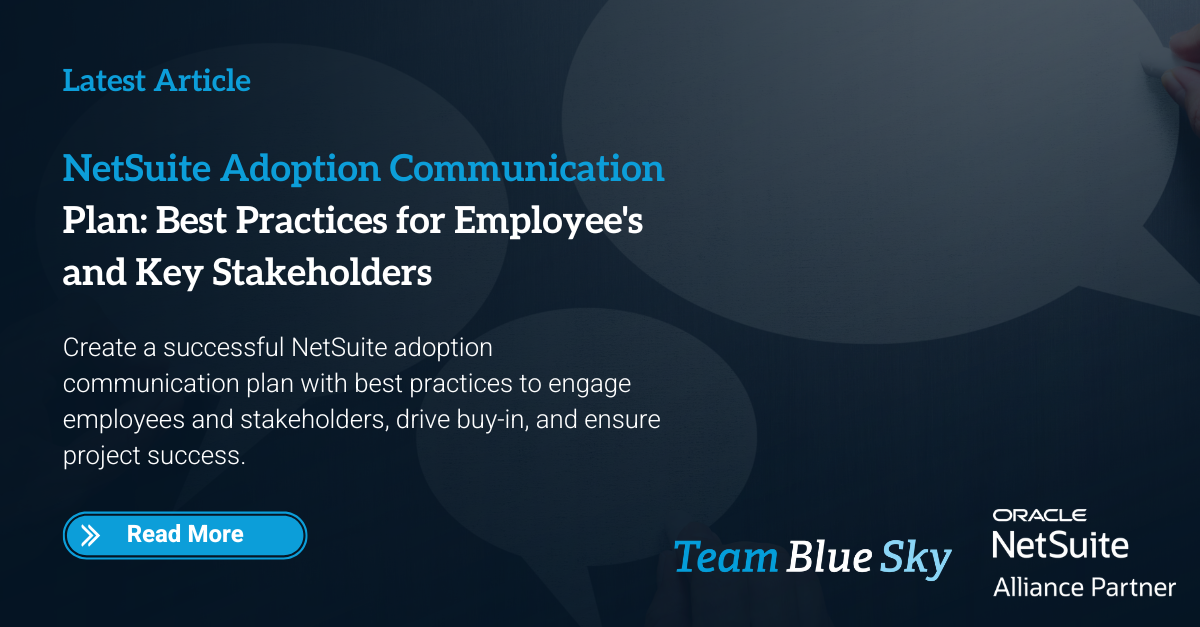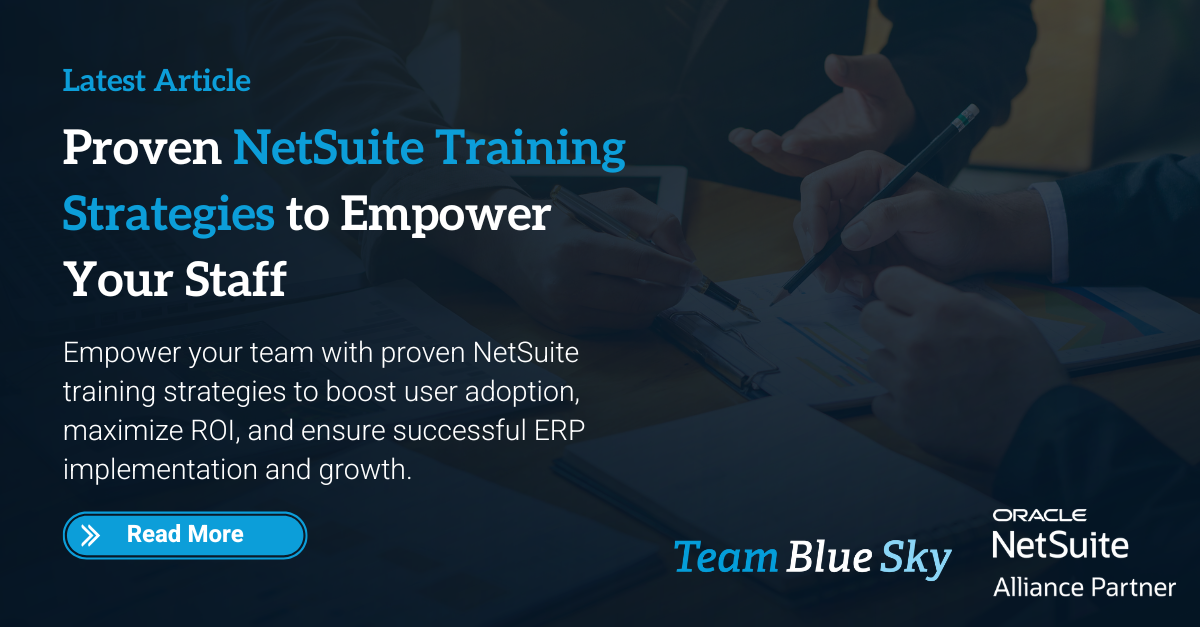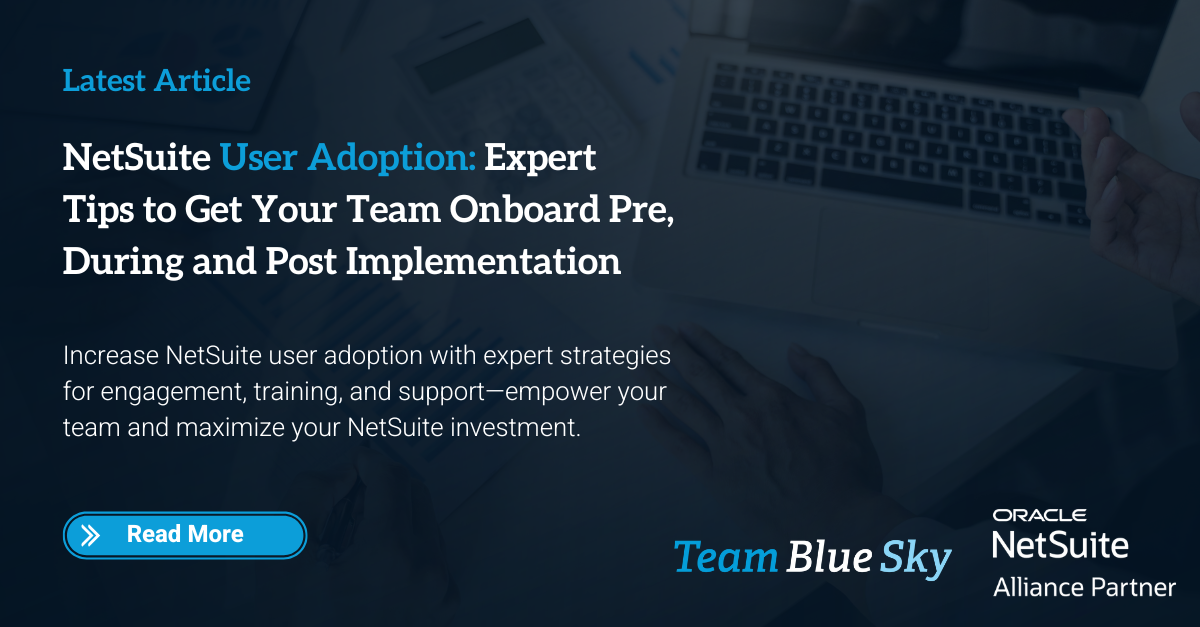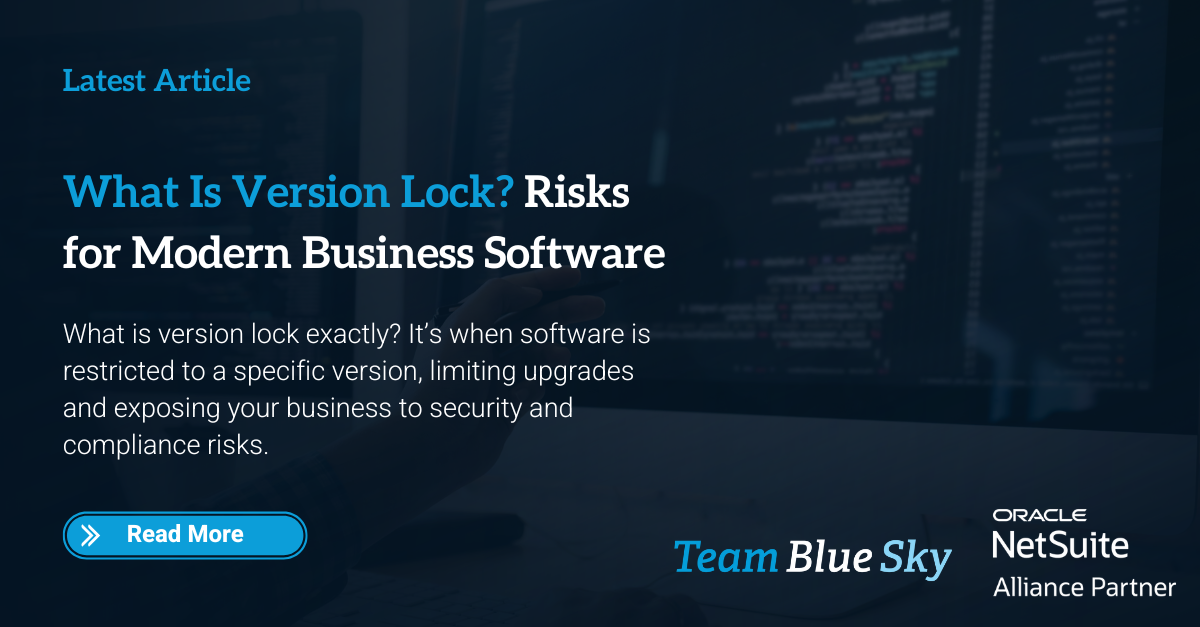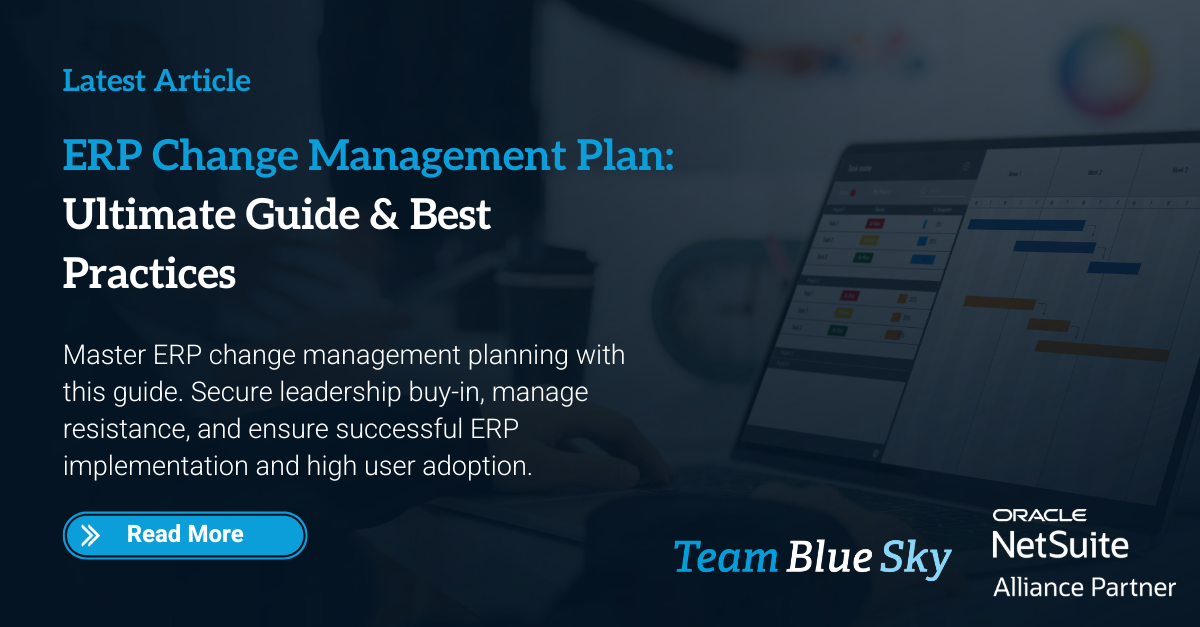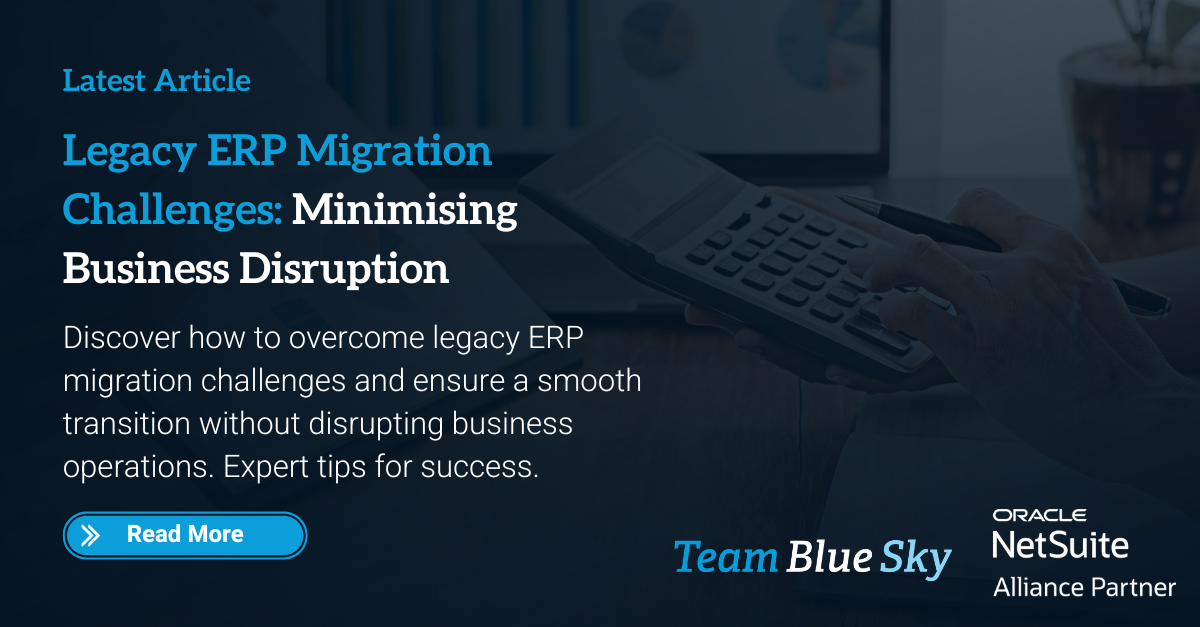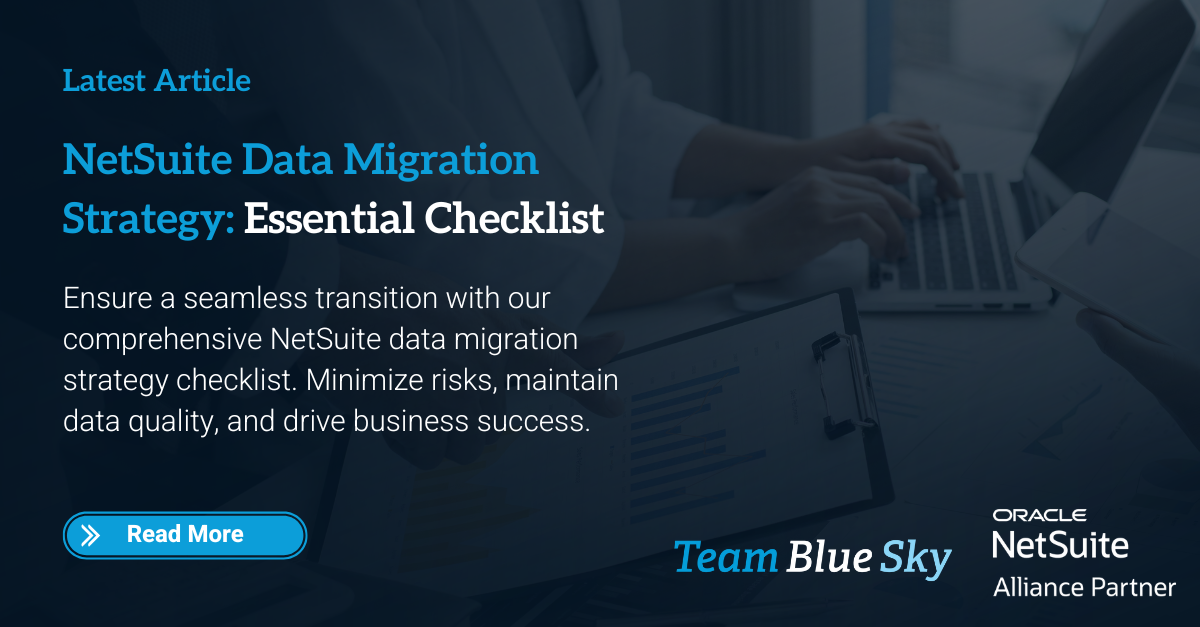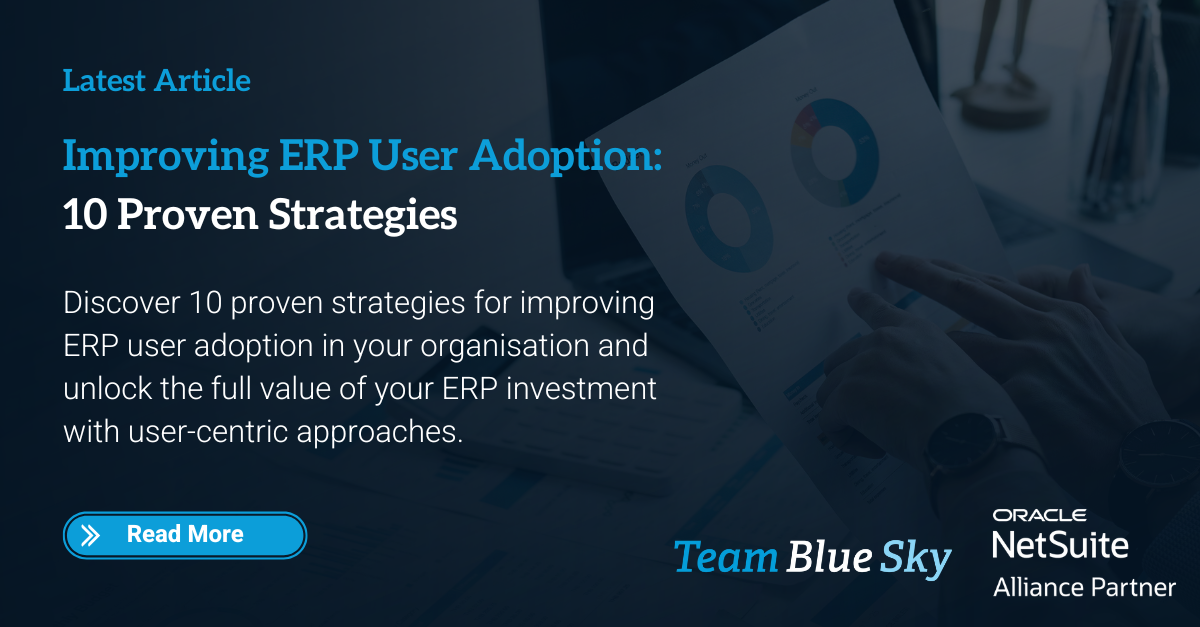How Leading CFOs Are Overcoming Forecasting Challenges
In modern business, the ability to anticipate change and adapt swiftly is no longer a competitive advantage; it's a fundamental requirement for survival. For decades, financial planning and analysis (FP&A) teams have relied on a traditional playbook, one that is increasingly outmatched by the pace of modern business. A paradigm shift is underway, moving forecasting from a static, historical exercise to a dynamic, forward-looking strategic function.
This evolution can be understood by comparing the old guard with the new vanguard across four critical areas.
From Static Annual Budgets to Dynamic Rolling Forecasts
The cornerstone of Traditional Forecasting was the static annual budget. This painstakingly crafted document, often taking months to complete, was essentially a snapshot in time. It set a fixed plan for the upcoming 12 months, dictating spending, hiring, and revenue targets.
Why Traditional Static Budgets No Longer Work?
A static budget, by its very nature, is a rigid financial plan, typically set at the beginning of a fiscal year and designed to remain unchanged throughout the period. However, this inherent inflexibility presents significant challenges in a dynamic business environment. As early as the second quarter, businesses often encounter unforeseen market shifts, such as sudden changes in consumer demand, the emergence of new competitors, or disruptions in supply chains.
For example, any unexpected costs, perhaps stemming from equipment breakdowns, regulatory changes, or unforeseen legal expenses, can quickly throw a meticulously crafted budget off course. Conversely, new opportunities, like an unexpected surge in demand for a particular product or a chance to acquire a key competitor, may arise, necessitating a shift in resource allocation that a static budget cannot accommodate.
In such scenarios, operating against an obsolete or irrelevant benchmark can lead to misinformed decisions, inefficient resource allocation, and a diminished capacity to respond effectively to both challenges and opportunities. This can ultimately hinder an organisation's ability to achieve its strategic objectives and maintain its competitive edge.
Why Modern Forecasting Tools Are Different?
In contrast, Modern Forecasting champions the rolling forecast. Instead of a fixed 12-month plan, a rolling forecast maintains a continuous 12, 18, or 24-month outlook. Each time a month or quarter concludes, it's dropped, and a new period is added to the end of the forecast. This continuous planning cycle allows organisations to:
- Adapt to changing business conditions in real-time.
- Reallocate resources to more promising initiatives.
- Maintain an accurate and relevant financial roadmap at all times.
From Historical Data to Predictive Analytics
Traditionally, forecasting has been a backward-looking analysis. Finance teams would extrapolate from past performance, often using simple linear trends to project future results. This approach assumes the future will look much like the past—a dangerous assumption in an era of disruption. Its predictive capability is limited, much like trying to drive a car forward by looking only in the rear-view mirror.
The modern approach leverages the power of Predictive Analytics. By integrating artificial intelligence (AI) and machine learning (ML) algorithms, FP&A teams can now analyse vast datasets, both internal and external, to uncover complex patterns, identify correlations, and generate forward-looking insights. This allows businesses to model the potential impact of various factors like:
- Changes in macroeconomic indicators (GDP, inflation rates).
- Shifts in consumer behaviour.
- Supply chain disruptions.
- Competitor pricing strategies.
This moves forecasting from "what happened?" to "what is most likely to happen, and why?"
From Spreadsheets to Integrated Platforms
The spreadsheet has been the workhorse of finance departments for generations. While powerful, its limitations in a collaborative, fast-paced environment are stark. Reliance on manual processes within disconnected spreadsheets leads to version control nightmares ("Q3_Forecast_v4_FINAL_use_this_one.xlsx"), a high risk of human error, and a lack of real-time visibility.
Modern Forecasting is powered by integrated, cloud-based platforms. These solutions serve as a "single source of truth," centralising data and models. They enable:
- Real-time collaboration where teams from across the organisation can work on the same plan simultaneously.
- Automation of data collection and consolidation, freeing up analysts to focus on strategy instead of administration.
- Scalability to handle complex models and massive datasets that would crash a traditional spreadsheet.
From Siloed Departments to Data-Driven Decisions
In a traditional model, planning is often a disconnected process. The sales team has its forecast, marketing has its budget, and operations has its capacity plan. These are often developed in silos, leading to misalignments, conflicting priorities, and missed targets. The annual budget is more of a negotiated truce than a unified strategic plan.
The Rise of Data-Driven Decision Making
The ultimate goal of modern FP&A is to foster a culture of Data-Driven Decision-Making. By breaking down silos with integrated platforms and providing access to unified data and predictive scenarios, the entire organisation can align around a common strategic vision. Leaders can run "what-if" analyses to instantly see the financial impact of potential decisions—like launching a new product or entering a new market. This transforms the FP&A function from a scorekeeper into a strategic business partner, guiding the enterprise with comprehensive data and actionable insights.
The Path Forward
The transition from traditional to modern forecasting is more than a technological upgrade; it's a cultural shift. It requires embracing agility over rigidity, collaboration over silos, and forward-looking analytics over historical reporting. For businesses willing to make this change, the reward is resilience, strategic alignment, and the ability to confidently navigate the uncertainties of the future, turning their financial plan from a static document into a living, breathing roadmap to success.
| Traditional Forecasting | Modern Forecasting |
|---|---|
| Static Annual Budgets | Rolling Forecasts |
| Fixed yearly plans with limited flexibility to adapt to changing conditions | Continuous planning cycles that adapt to changing business conditions |
| Historical Data | Predictive Analytics |
| Backward-looking analysis with limited predictive capability | Forward-looking insights using AI and machine learning algorithms |
| Spreadsheets | Integrated Platforms |
| Manual processes prone to errors and limited collaboration | Cloud-based solutions enabling real-time collaboration and analysis |
| Siloed Departments | Data-Driven Decisions |
| Disconnected planning processes across business units | Strategic choices informed by comprehensive data |
Final Thoughts
The shift from traditional to modern forecasting is not merely an upgrade in tools and techniques; it represents a fundamental transformation in how businesses approach financial planning and strategic execution. By embracing dynamic rolling forecasts, predictive analytics, integrated platforms, and data-driven decision-making, your business can move beyond reactive responses and cultivate a proactive, resilient, and strategically aligned enterprise.
It's time to retire the limitations of the past and step into a future where financial planning is a true competitive advantage. For CFOs and FP&A leaders, the path forward is clear: invest in modern forecasting capabilities, foster a culture of data literacy, and empower your teams to become strategic partners in guiding the business. The journey to a more agile, insightful, and future-proof financial operation begins now. Don't just forecast; predict, adapt, and lead.

Henry Sack
General Manager

With over 12 years of experience as a NetSuite implementation consultant, Henry Sack leads TeamBlueSky’s team of NetSuite and accounting experts in his role of General Manager.
TeamBlueSky is a leading Australian
NetSuite Alliance Partner whose mission is to provide critical
NetSuite BPO and
Payroll services to NetSuite clients who are wanting to simplify their
back office processes and partner with a leading
NetSuite administration expert.
TeamBlueSky have also partnered with global Suite Developer Network partners to offer local solutioning, implementation and support services for global NetSuite SuiteApps.





